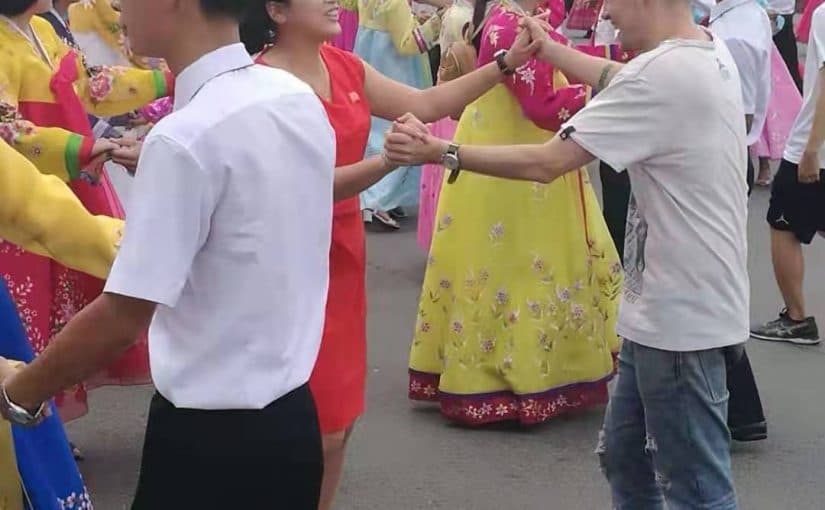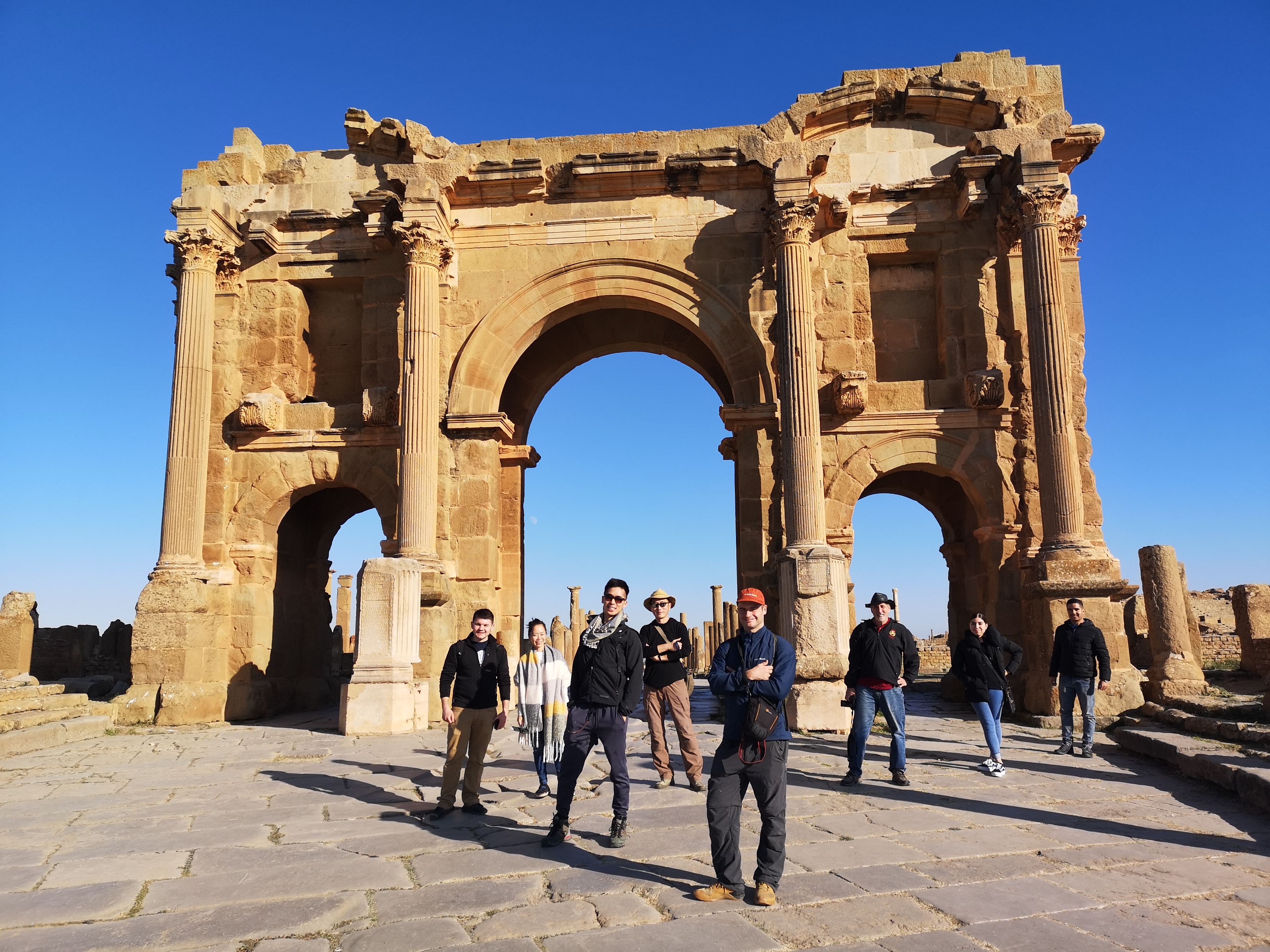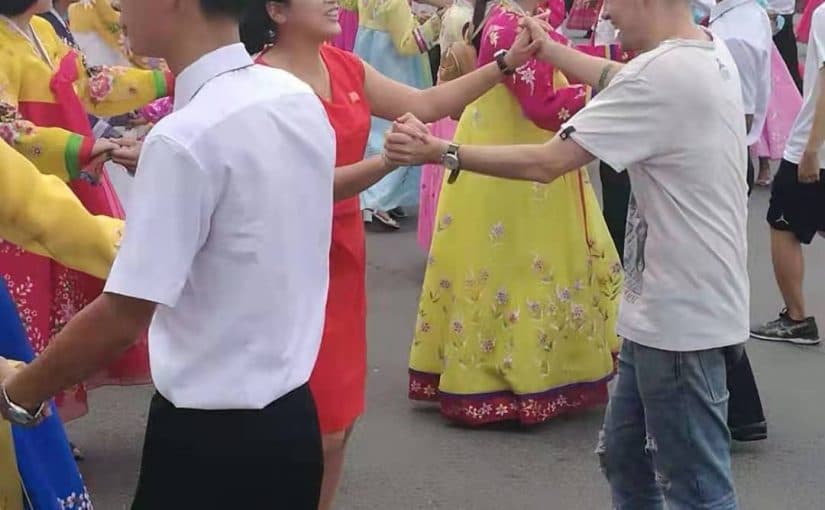
The Hanbok – Korea’s national dress
The hanbok is the national dress of the women of Korea, a dress that was still regularly worn on a daily basis until the early 20th century. Nowadays you will ladies wearing on special occasions in both the South and North of Korea, and it has a history as vibrant as the colors that make up the dresses.
The hanbok consists of three main components: the jeogori (jacket), haji (trousers), and jima (skirt), and was invented during the Goguryeo Dynasty (from 38 BC). Its purpose was not only to look pretty, but to facilitate ease of movement for the ladies of the land.
There are a variety of hanbok that cover age, class and levels of formality, but at its route it is based on conservative Confucian-style dress, rich colors, and even protection from supernatural elements(!).
The general design of the hanbok is centered around traditional Korean beliefs regarding what is aesthetically beautiful and symmetrical, and pays particular attention to balance around the Chinese concepts of yin and yang.

Hanbok colours tend to be bright and vivid, with each color representing a different element: white (metal), red (fire), blue (wood), black (water), and yellow (earth).
Hanbok colors were also used as an ancient version of Tinder. Whilst bright colors being reserved for children and dull whites for married folk, the single ladies wore reds and yellows to signify availability.
The colours also had an element of class to them, with commoners wearing whites and grey in general, and the upper classes wearing bright little numbers.
Overall there were few major changes until the 19th century, when Western dress started to become more popular. This was followed by Japanese colonial rule. The hanbok eventually fell out of fashion in the early 20th century.
Following World War 2 and the independence of the Korean peninsula, the hanbok made somewhat of a comeback, and is again worn for special occasions in both the North and South. Modern interpretations of the hanbok have even made splashes on the international circuit. The hanbok is unlikely to become daily attire again in Korea, but it will likely keep its unique position in Korean culture as it has done for 2000 years.
There are no more hanbok than there are in Pyongyang — see for yourself on one of our many tours there!

Join our newsletter!
Enter your email to receive our latest newsletter.
Don't worry, we don't spam

Popular Articles
Visiting Diriyah the Remarkable Cradle of the Saudi State
UnknownUzbek Trains 8211 the Best Network in the World
UnknownWill the Darvaza Crater be Extinguished by Turkmenistans Government
UnknownWhat Are the 10 Largest Stadiums in the World
UnknownDrone Photography Guidelines in China for 2025
UnknownSyria Travel Update
UnknownNorth Korea to reopen to tourism in Rason
UnknownYPT now offers free Internet access on all Greenland Svalbard and Antarctica cruises
UnknownRelated Articles
Visiting Diriyah the Remarkable Cradle of the Saudi State
George MorrisUzbek Trains 8211 the Best Network in the World
George MorrisWill the Darvaza Crater be Extinguished by Turkmenistans Government
George MorrisSerbian currency make your own money
Joel VostokFive Common Misconceptions About Pakistan And Why You Should See It For Yourself
Gareth JohnsonFeatured Tours

Afghanistan Spring Tour
8 Nights, 8 DaysStart Date: May 19th 2025
Algeria, Mauritania, Mali and Burkina Faso Combo Tour
26 Nights, 26 DaysStart Date: January 14th 2022
75th Anniversary Party Foundation Day & Mount Kumgang Tour With Mass Games
8 Nights, 8 DaysStart Date: October 8th 2020
All Koreas Part 1: North Korea Borderlands
7 Nights, 7 DaysStart Date: June 13th 2025

